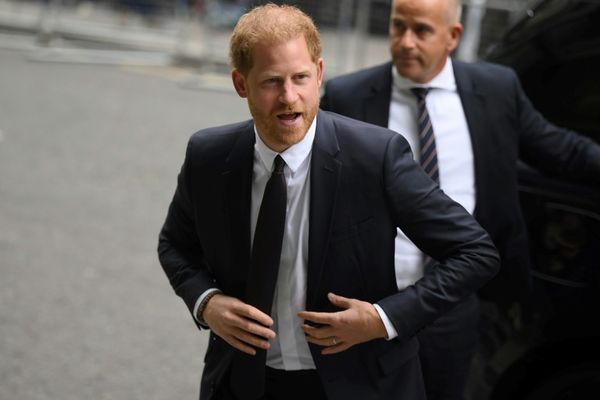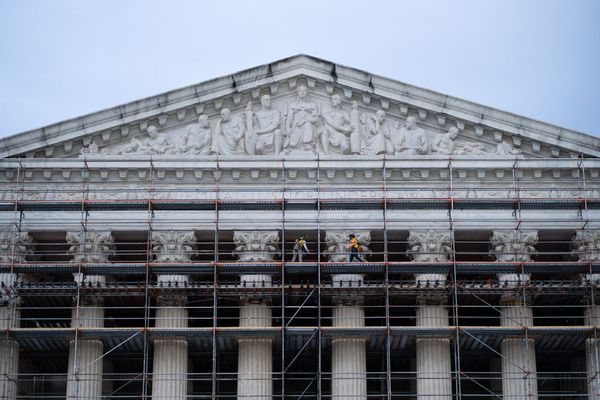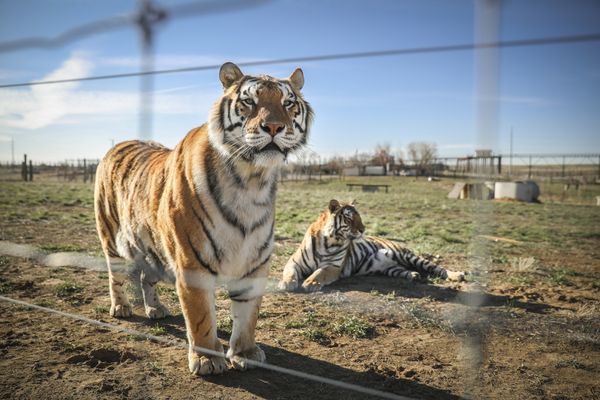IT’S well known that Calvinist John Knox criticised Mary Queen of Scots for her “passion” for dance but a new podcast reflects the current understanding that she used the art form to establish her position in Scotland.
It also draws a comparison between the criticism Mary faced and the treatment of her cousin, England’s Queen Elizabeth, who danced as well but was not condemned for it.
“They both danced because it was an important court language – the diplomatic language of the time,” said podcast researcher Alena Shmakova. “It is a bit unfair because in Mary’s context, whatever she did with dance was seen as ‘bad’, while in Elizabeth’s case, it symbolized the ‘golden age of English culture’.”
Knox may have been especially incensed by reports that at one court event, Mary and her ladies-in-waiting had danced in male costumes with daggers, which they presented to a French delegation.
However, Shmakova added cross-dressing was not uncommon at the time, citing another occasion when Mary’s courtiers engaged in joisting with the male combatants dressing up in female clothes.
With regards to dancing, Shmakova explained it was Mary’s way of asserting herself at the Scottish court and uniting it in a coherent way.
“Mary used the tools available to her at the time,” she said. “Dance as part of court culture was one of the ways business was conducted.
“Mary used performance to project her authority and present herself to the Scottish nobles and other influential figures. And it worked – at least for some time.”
Unlike Elizabeth, who had a special office for organising dances and other court entertainment, it was more likely that Mary was personally involved in what went on, as the Scottish court was smaller and less affluent than the English one.
“I think she would have had a direct influence and while there is not a lot of evidence about what exactly they danced it seems that dance is deeply woven in Mary’s story,” said Shmakova.
“Dance was an important element of the courtship so Lord Darnley was invited to dance a galliard with the Queen, and just before Darnley’s death, Mary visited him, then left for a performance celebrating the wedding of one of her courtiers.”
One of the most lavish festivities hosted by Mary was a spectacular event at Stirling Castle to celebrate the christening of her son, the future James VI and I.
“It’s also interesting that she tried to integrate the Highland themes into the performance,” said Shmakova. “She included Highland men as part of the spectacle to convey a message of cohesive Scottish culture.”
A Master’s student at the University of the Highlands and Islands (UHI) researching dance history in Scotland, Shmakova said that much of what is associated with social dance and enjoyment today had a more performative nature in the past, where character, education, political allegiance and status were judged by how gracefully and skilfully people moved.
“It was rarely just a dance, and for men, it was equally important as for women,” she explained. “The dance world between the 1500s and 1800s was led by men, so it is interesting to see how women navigated it and succeeded.”
Also in the podcast, which has been launched by Edinburgh’s Pomegranates Dance Festival to celebrate Women’s History Month, Shmakova discusses her research on Sophia Parker, a late 18th-century professional dancer, whose career debuted in Edinburgh as part of a circus troupe with her Scottish experience playing a significant role in shaping her work.
Sophia trained under famous French dancers and choreographers, Jean-Georges Noverre and Charles Le Picq in London and also collaborated with Robert Aldridge who was one of the first professional dancers to bring Scottish and Irish themes to the stage in Scotland.
During this year’s Pomegranates Festival from April 25-30 in Edinburgh, Shmakova will lead a walking tour sharing stories about dance and politics during Mary Queen of Scots’ reign.
Last year she curated a dance history conference exploring stories of women in dance worldwide, which included a small touring exhibition currently on display at Dundee’s Wighton Heritage Centre.
Iliyana Nedkova, co-curator of the Pomegranates Festival and the podcast, Trad Dance Cast, said: “We are so pleased that we are able to continue the conversation about the feisty women of traditional dance past and present through this new podcast episode, especially following the success of our two-part episode which we launched on last year’s International Women’s Day.
“Back then we shared stories about several notable women and their contributions to the history of traditional dance such as Isabel Murray, Betty Jessiman, Ysobel Stewart, Jean Milligan, Elizabeth West, Isobel Cramb and Angela Young.”
Trad Dance Cast is produced by the Traditional Dance Forum of Scotland with music by Mairi Campbell, fiddle player, dance caller and theatre maker.
This year will see the fourth edition of the Pomegranates Festival, a platform for over 250 individual and organisation members of the Traditional Dance Forum of Scotland.
Trad Dance Cast is available here or on Spotify.







